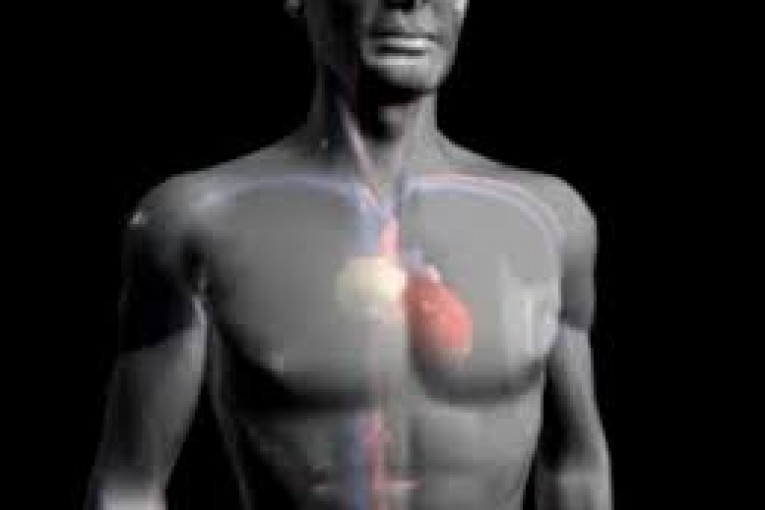
Resting Pulse is an incredibly valuable metric to not only determine your fitness level, but also your cardiovascular health. Use your Resting Heart Rate, along with your Maximum Heart Rate, to Determine Your Heart Rate Zones
How To Measure Resting Pulse?
Resting pulse should be measured first thing in the morning with your fingers and a stopwatch. Put your middle and index finger to either your radial artery on your wrist or your carotid artery in your neck. Once you find your pulse, count how many beats occur in 20 seconds, and multiply this number by 3. This is your resting pulse.
What Should My Resting Pulse Be?
Resting pulse varies from person to person, but according to the American Heart Association, the average resting pulse should be between 60-80 beats per minute (BPM). 68-80 BPM is by no means the only place a healthy person’s pulse can be. For athletes or people who often perform cardiovascular activity, “a normal resting heart rate may be closer to 40 beats a minute” [1], with the most noted example being that Lance Armstrong reportedly had a resting pulse of 32 BPM when he was in peak conditioning.
What Affects My Resting Pulse?
A variety of factors can affect your resting pulse reading, including the physical size of your heart, body size, activity level, fitness level, temperature, body position, emotions and medication use. [1]
Why it is Important to Monitor Your Resting Pulse
The more you workout the lower your resting pulse is, and the lower your resting pulse is the less hard your heart has to work. The best way to think about is to view your heart as a muscle, and the more you work it the stronger it gets. A stronger heart means more blood with each beat, and the same amount of work can be done with fewer beats. If your heart needs more beats to do the same amount of work, over time this can lead to cardiovascular disease and/or heart attacks.
A higher resting pulse than usual can be a sign of over-training or illness. When you are recovering from a workout, your metabolism and heart are working harder to repair your body and get it back to a homeostasis. Therefore, if in the morning you have a higher resting heart rate than usual, your body is still in a state of repair and you should adjust your workout regimen accordingly to prevent over-training or injury. [2]
How Do I Lower My Resting Pulse
The best thing to do is to work out for at least 1 hour a day, 3 days a week (and preferably more). Aerobic exercise is the very best way to maintain a healthy resting pulse. Some other ways to lower your resting pulse is to make sure you regularly get a full nights sleep, stay hydrated, quit smoking, meditation and maintain a healthy weight. [3]
References:
[1] LASKOWSKI, E.R. [WWW] Available from https://www.mayoclinic.com/health/heart-rate/AN01906 [Accessed 22/3/2012]
[2] BENSON, R & CONNOLY, D [2011] “”. p. 10, 30.
[3] TELLER, R [WWW] Available from https://www.1vigor.com/article/resting-heart-rate-health-measurement/
© 2la.it - Riproduzione riservata.



